You are here
Back to topFactors Driving South African Grapefruit Export Growth in Asia
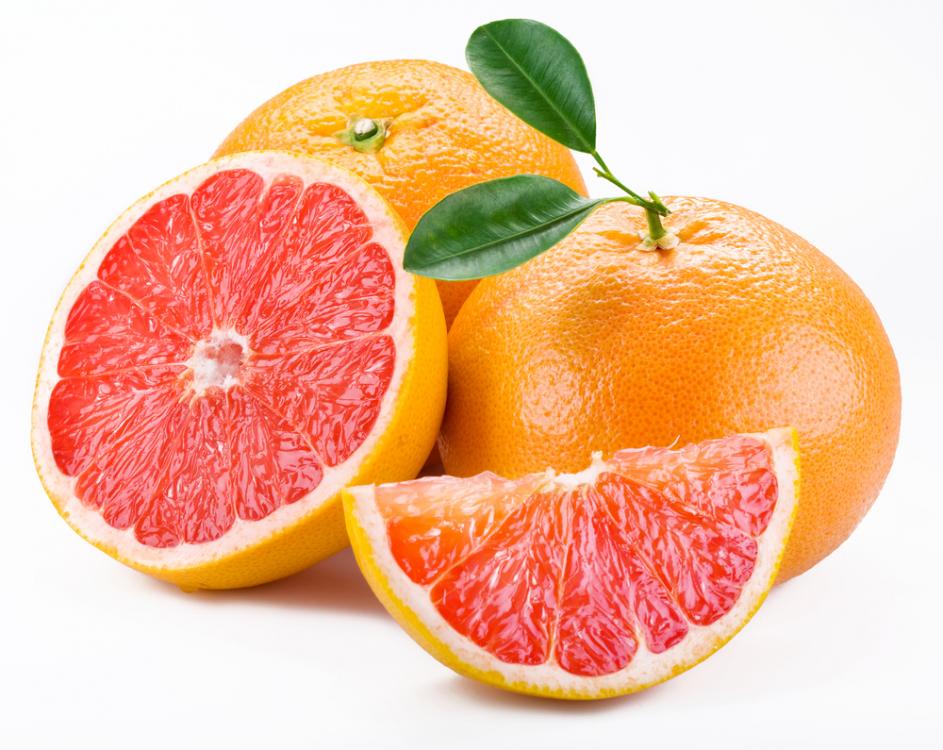
South Africa, a key citrus producer and global exporter, has witnessed its grapefruit exports rise from 9.5 million 15-kilogram cartons in 2006 to an estimated 14.8 million cartons in 2017. According to figures from the Citrus Growers’ Association of Southern Africa (CGA), Asia was the dominant market for South African grapefruit in 2006, accounting for 40% of all exports, due in large part to Japanese imports. Ten years later, Asia is now second at 34%, but South Korea has joined Japan as a key market in the region.
According to statistics from the CGA, China only imported 7,280 15-kilogram cartons of South African grapefruit in 2006. However, this figure had rocketed to 1,505,935 cartons by 2015, the record year for South African grapefruit exports to China. Although the exports to China have fluctuated over the last three years, more and more Chinese consumers are becoming accustomed to the bitter-sweet flavor of the grapefruit, with the fruit’s wide variety of health benefits also gaining increasing attention. The versatility of red grapefruit has been prominently displayed in many milk tea chain stores across China: for CoCo, one of China’s leading milk tea chains, fresh grapefruit tea and grapefruit-coconut milk tea have been two of their flagship products, both of which enjoy immense popularity among teenagers.

Produce Report interviewed Mr. Justin Chadwick, CEO of CGA, to talk about the secrets behind the significant increase in South Africa’s overall grapefruit exports as well as his views on the Chinese market.

Mr. Chadwick attributed grapefruit’s export growth to three main factors. First of all, new markets have opened up for South African grapefruit over the past ten years, most notably China and South Korea. According to Mr. Chadwick, South Korea is perhaps the only country in the world where per capita consumption of grapefruit is increasing. Secondly, all other countries in the Southern Hemisphere have gotten rid of their grapefruit export orchards due to poor returns on investment year after year. This has left South Africa as the sole country exporting grapefruit during the growing season in the Southern Hemisphere, which has also helped balance supply and demand in the market and caused exporting grapefruit to become a more profitable venture. Finally, in response to consumer demand, South Africa replaced white grapefruit with red grapefruit exports. Over 99% of grapefruit exported to China over the past three years has been of the Star Ruby variety, the red flesh grapefruit with one of the highest sugar content among all grapefruits.

When asked about China’s market potential and the biggest challenges in tapping the market, Mr. Chadwick stated that the market has huge potential, especially for high quality fruit. As a health fruit with a special appeal to the younger generation, grapefruit can benefit from the trend towards healthy eating in China. Mr. Chadwick noted that their biggest challenge is China’s product entry requirements, as it “has a great impact on the cost of accessing the market and means that we have to do extra work in ensuring the arrival of a quality product.”
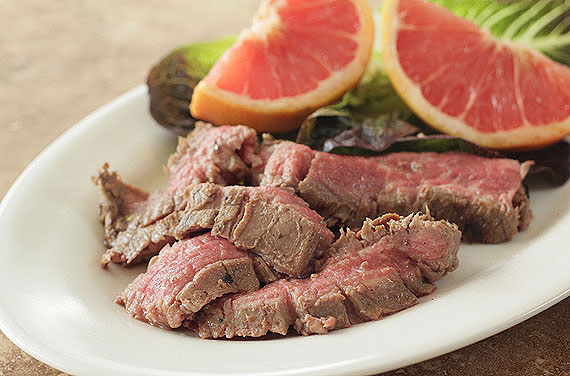
At the end of the interview, Mr. Chadwick also elaborated on the success of South African grapefruit in Japan and South Korea. Japan has historically been a big consumer of grapefruit and the country’s aging population is accustomed to a daily diet of grapefruit, usually taken for breakfast. In South Korea, campaigns targeted at stimulating demand by showcasing the myriad of different uses for the grapefruit, such as in steakhouses and as an addition to alcoholic drinks, have driven the fruit’s consumption.
Image sources: Google Images






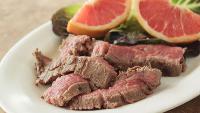


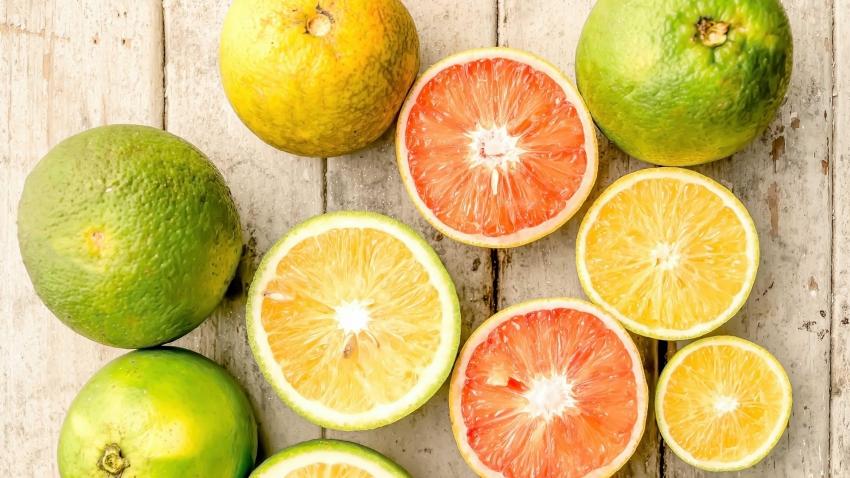
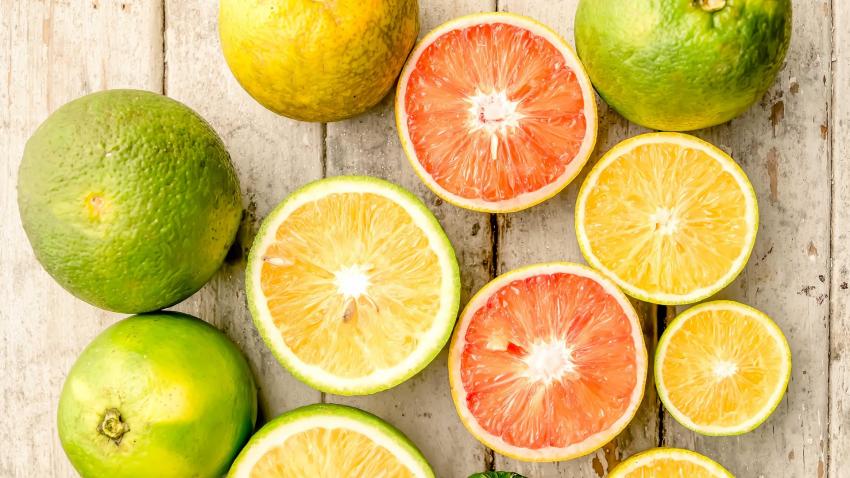








Add new comment